Aloe Flower Sequence
I took these photos several years ago. We keep an aloe plant on our front porch and I saw that it had sent a spike up and was about to bloom. This was late in January, which seems like a weird time to bloom, but the plant decided it was time.
Aloes are not natives. These flowering succulents are originally from Africa, and there are over 500 species in the genus. This one is probably an Aloe vera, or true Aloe, but I’m not certain.
In addition to being ornamental and a nice addition to a garden, they have many medicinal uses and can also be made into soap. They don’t tolerate freezes well and we keep ours in pots so we can move them indoors on the rare occasion of a freeze.
I had never seen one bloom, so I decided to make a kind of photographic record of the flowers’ development. I actually took photos every day. I picked a few to show you the overall progress.
The first shows you the entire plant and the spike with the immature flowers on top. The spike is about 2 feet tall.
Here’s a close up of the flowers, taken on the same day.
Four days later. The lower ones are starting to separate and become distinct.
Thirteen days later. The lowest ones are fully-developed and the development progress as you go up.
Eleven days later. The lower ones are spent, the middle ones are fully-developed and upper ones have yet to open.
I’m surprised and glad the deer didn’t eat it. The native yuccas bloom in a similar way, but the deer usually get them.

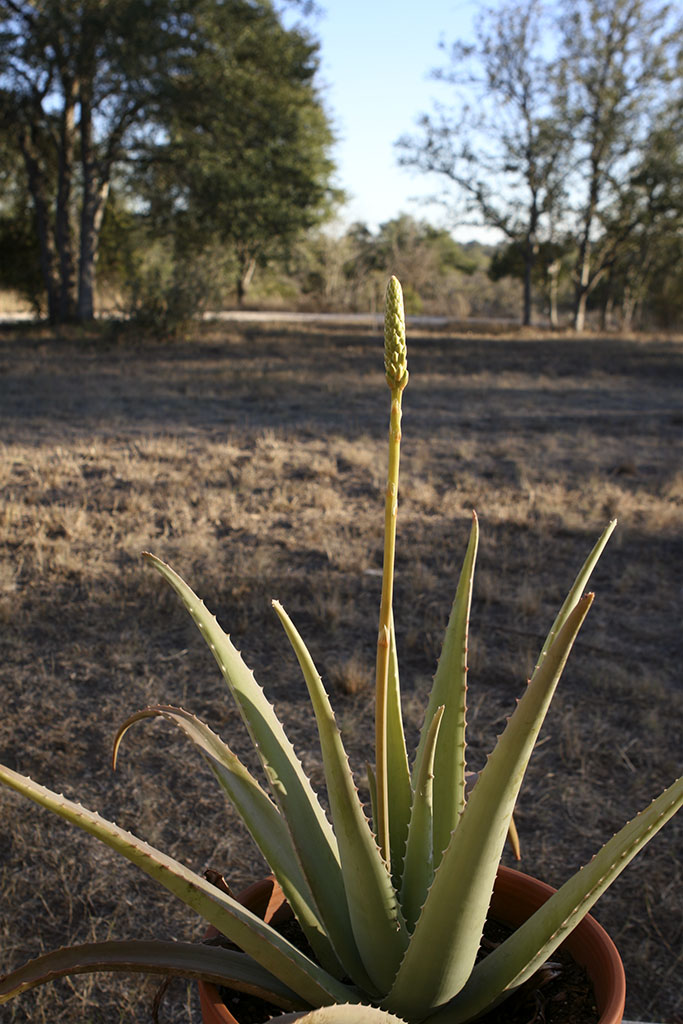
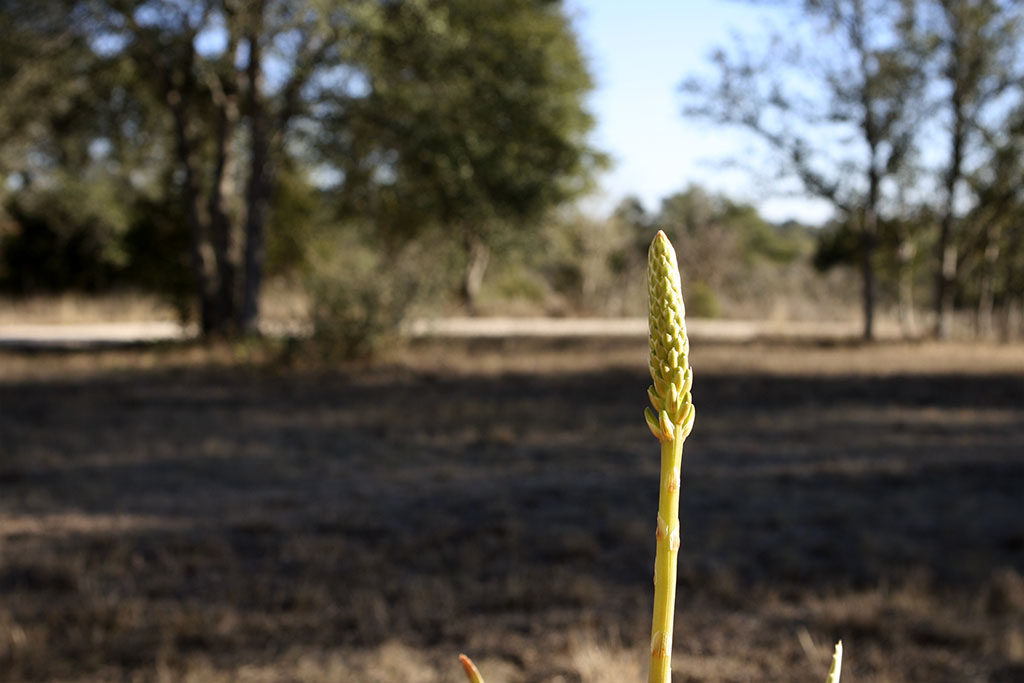
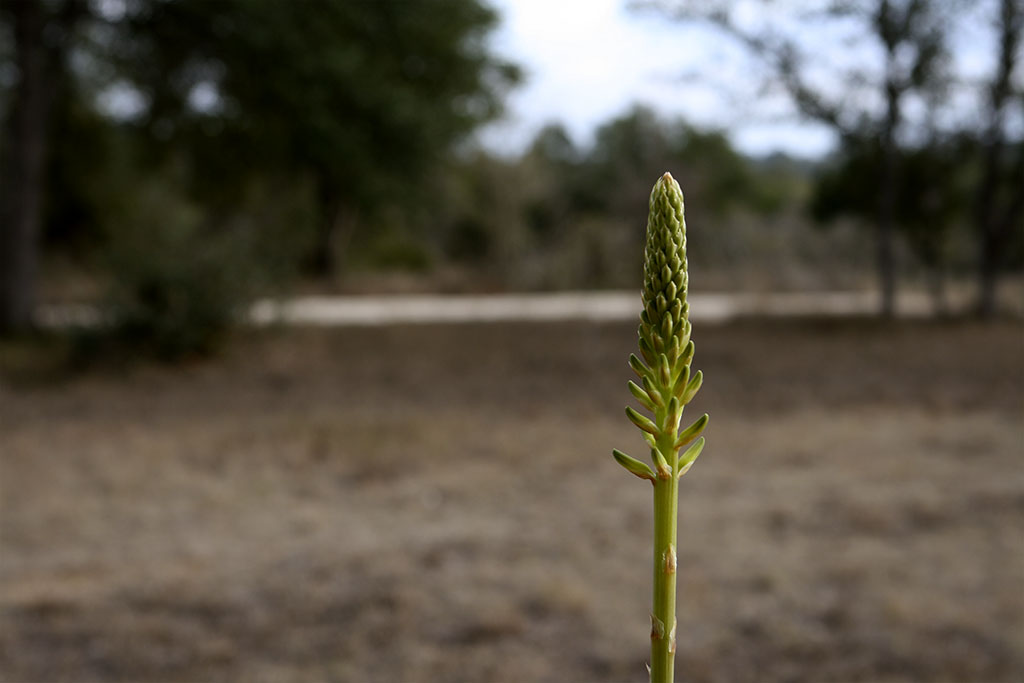
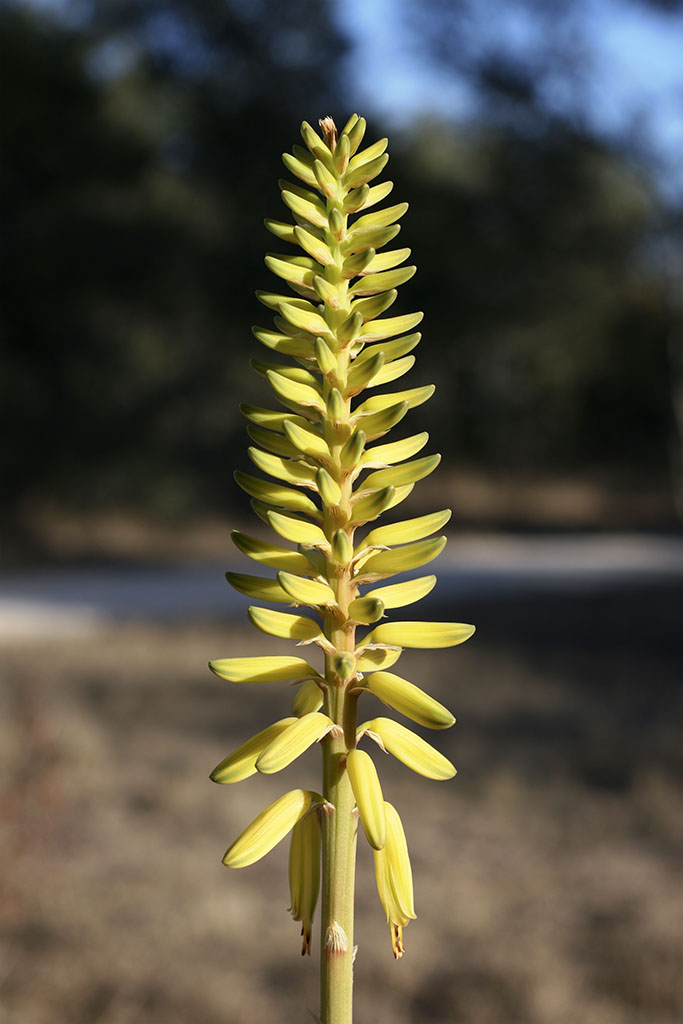
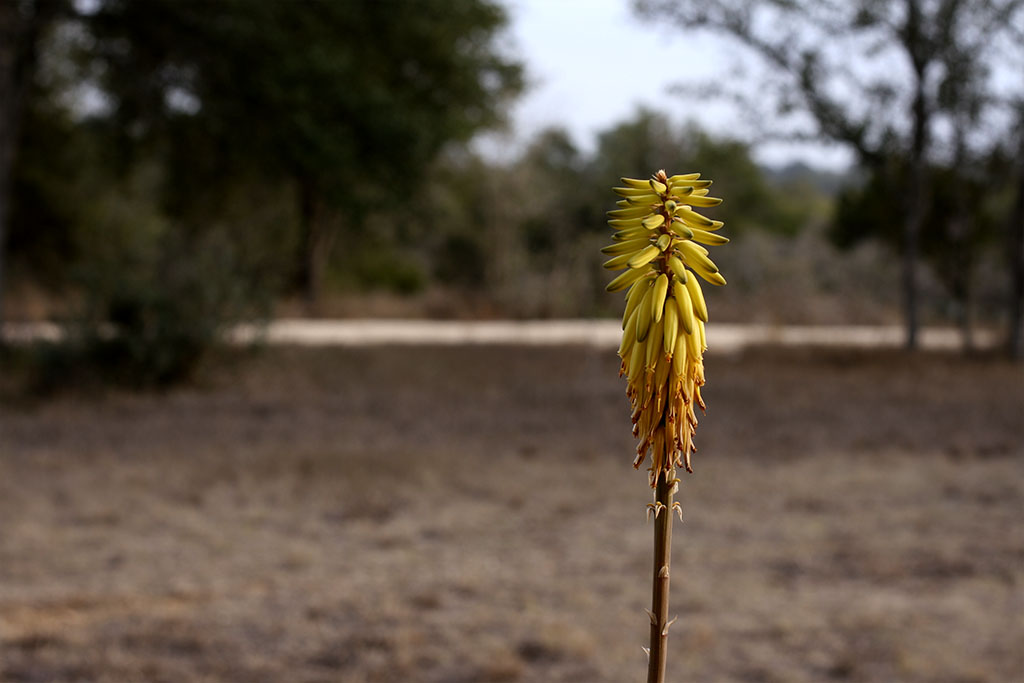
Comments
Aloe Flower Sequence — No Comments
HTML tags allowed in your comment: <a href="" title=""> <abbr title=""> <acronym title=""> <b> <blockquote cite=""> <cite> <code> <del datetime=""> <em> <i> <q cite=""> <s> <strike> <strong>